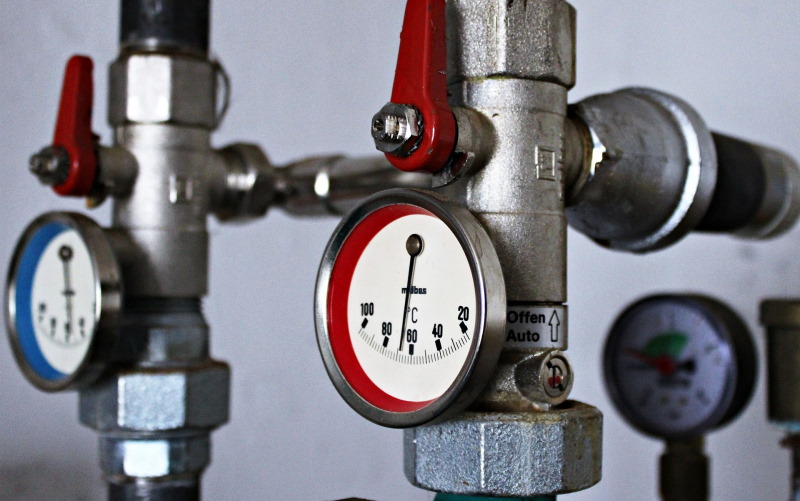What’s the Story with Electronically Controlled Thermostats?
Had a few customers from places like Cambridge, Te Kowhai, or down Peachgrove Road in Hamilton swing by the workshop lately, all asking about something called an electronically controlled thermostat – or “smart” thermostat, basically. If your car’s got one, it’s a bit different than the old-school ones. Here’s the lowdown, from one set of hands-on tools to another.
How Do Electronically Controlled Thermostats Work?
Basically, these things are a next-level way for your car to manage engine temp. With Hamilton’s crazy weather (think those stinkin’ hot summer days stuck in traffic on Victoria Street, then those cold misty mornings out Gordonton way), your engine has to handle a lot. Regular thermostats just open and shut based on heat, letting coolant flow. But an electronically controlled job actually talks to the engine computer.
Inside, there’s still that wax chamber and a little plate – bit old-school – but these use electric heaters as well, so the ECU can fine-tune when it opens or closes. You’ll find these mostly in fancier cars like the BMW X1, late-model VW Golf, some Ford Mondeos, even the odd Volvo S60 or a Suzuki Kizashi. Not just European stuff either – we’ve seen some Hyundai i40s and Toyotas coming in with them now.
Why Does This Matter for Your Car?
Driving over potholes on Hukanui Road or bouncing off a speed bump in Hillcrest, your thermostat’s still got to keep your engine running just right. A smart thermostat does a better job at avoiding those big swings between too cold and too hot. That means better fuel economy, proper emissions, and less engine wear – whether you’re doing the daily school run in Rototuna or weekends out at Raglan.
But if these things bung up, they can cause chaos under the bonnet real quick. Get a check engine light? Could be the thermostat logged a fault code. Engine running hot up Normanby Road? Maybe the thermostat’s stuck shut and not letting coolant through.
Signs Your Thermostat’s on the Fritz
You’ll know something’s off if:
- Engine overheating – Like when the temp gauge climbs after a short trip from Chartwell to Bunnings. Could mean the thermostat’s jammed shut.
- Heater not blowing hot air – Real pain in a foggy winter morning on SH3. If the thermostat’s stuck open, engine might not warm up, and your heater stays cold.
- Sluggish performance or weird fuel use – Seen this in a customer’s Skoda Superb last month. Thermostat jammed open, heaps of coolant through, car struggled and burned more gas. No one wants that with the price of fuel right now.
Let it go too long, and you’re heading for big repair bills. Trust me, we’ve seen engines cooked beyond repair out here after a simple thermostat issue was ignored. Save yourself the hassle – get onto any problems quick.
What Goes Wrong with These Thermostats?
Plenty of reasons, to be honest:
- Mechanical bits fail – Rust, age, general NZ wear and tear. We had a VW Polo in last week, the brass bit was so corroded it was stuck solid.
- Wax gets old – If the wax dries up or leaks, it can’t open right. Doesn’t matter if it’s a Mazda Atenza or a Land Rover Evoque, old wax means dodgy readings.
Need a Hand with a Dodgy Thermostat?
Look, if you’re in Hamilton, Morrinsville, or anywhere nearby and reckon your electronically controlled thermostat’s giving you grief, bring it in. We sort these all the time at Grimmer Motors – on everything from little Subaru Imprezas to the odd Alfa Romeo. No job’s too weird. We also swap out regular thermostats and check any temperature sensors too.
Questions? Just pop by for a yarn, or if you’re in a rush, you can book in online below.

